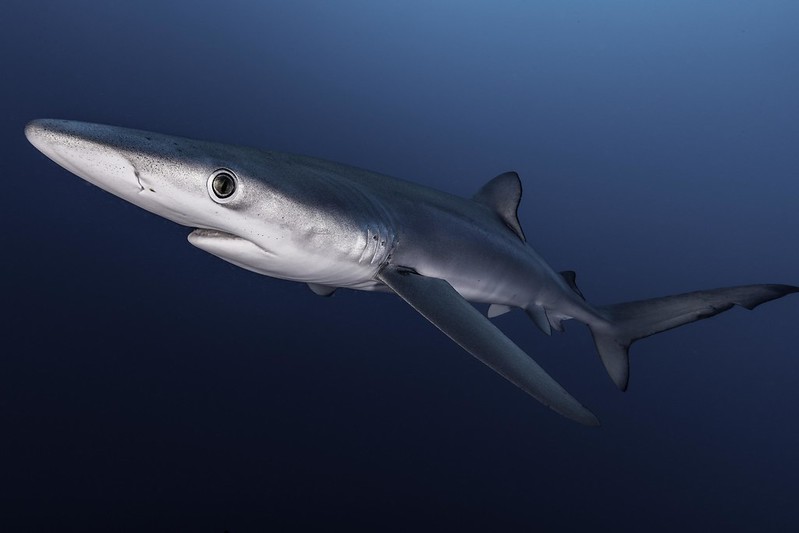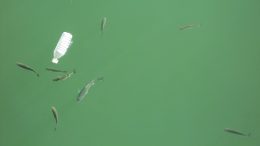Each year the amount of plastic swirling in ocean gyres and surfing the tide toward coastal beaches seems to increase. So too does the amount of plastic particles being consumed by fish — including species that help feed billions of people around the world.
A new study published in the journal Global Change Biology revealed that the rate of plastic consumption by marine fish has doubled in the last decade and is increasing by more than 2% a year.
The study also revealed new information about what species are most affected and where the risks are greatest.
The researchers did a global analysis of mounting studies of plastic pollution in the ocean and found data on plastic ingestion for 555 species of marine and estuarine fish. Their results showed that 386 fish species — two-thirds of all species — had ingested plastic. And of those, 210 were species that are commercially fished.
Not surprisingly, places with an abundance of plastic in surface waters, such as East Asia, led to a higher likelihood of plastic ingestion by fish.
But fish type and behavior, researchers found, also plays a role. Active predators — those at the top of the food chain, like members of the Sphyrnidae family, which includes hammerhead and bonnethead sharks — ingested the most plastic. Grazers and filter‐feeders consumed the least.

“Overall, the likelihood of plastic ingestion decreases with depth,” the researchers found.
Although bioaccumulation of plastic and its associated chemicals can cause health problems, this isn’t causing noticeable fish population problems — yet. The research revealed that the majority of the species they found to have ingested plastic remain abundant.
But at the same time, 35 species were listed as threatened or near threatened. Another 26 species are vulnerable to overfishing. The authors identified the blue shark, Atlantic bluefin tuna and chinook salmon as “species of high concern due to their threatened status, vulnerability to overfishing and frequent plastic ingestion.”
Meanwhile the researchers found that three-quarters of commercially fished species ingested plastic, including ones common in recreational fisheries and aquaculture that “have the highest likelihood to be part of the supply chain.” Common sole was found to be “most worrisome.”
Even more troubling is that there’s still a lot we don’t know because some areas are better studied than others.
Some nearshore areas are among those where research is lacking. “Only four studies were conducted within the continental United States’ Exclusive Economic Zone, despite more marine plastic originating from the United States than any other developed nation,” the researchers wrote.
Oceanic gyres, those swirling eddies of plastic in the open ocean, are also a black hole when it comes to research. “We uncovered no studies from the Indian, South Atlantic or western North Pacific gyres though there is extensive knowledge of surface debris accumulation in these regions,” they found. “Similarly, there was a paucity of data from high‐latitude seas and none from the Southern Ocean, even though the polar oceans are a sink for microplastic debris with new fisheries developing in these regions as ice retreats and climate changes.”
By comparison, coastal waters — including estuaries — are well studied, as are the seas surrounding Europe. And they found a “recent flurry of studies” from East Asia.
Even with a growing amount of research, the scope and severity of the problem is likely still underestimated.
Filling in these knowledge gaps will be crucial to better understand the extent of the problem, but the researchers say we’ll also need to study top predators more to learn how plastic bioaccumulates in the food chain and how these mobile predators may redistribute plastic across the ocean as they travel.
Little is known about how ingested plastic affects fish and marine ecosystems, and even less about how human health could be affected when plastic-eating fish end up on the dinner table.
“Current evidence for humans ingesting plastic directly from fish remains scant, but there is growing concern,” the researchers wrote. “In particular, the continued aggregation and analysis of information on plastic ingestion by marine fish is vital as these data are inextricably linked to ecosystem and human health.”
![]()


